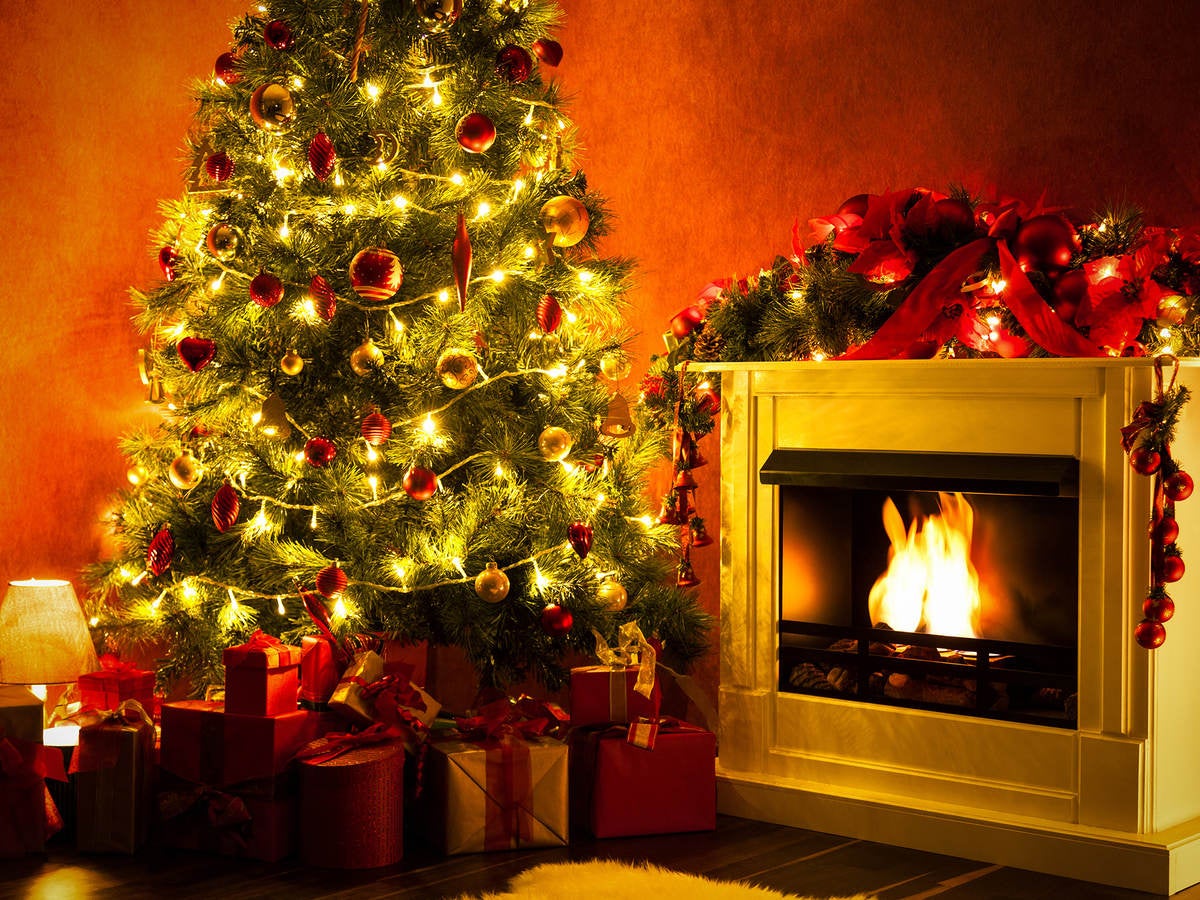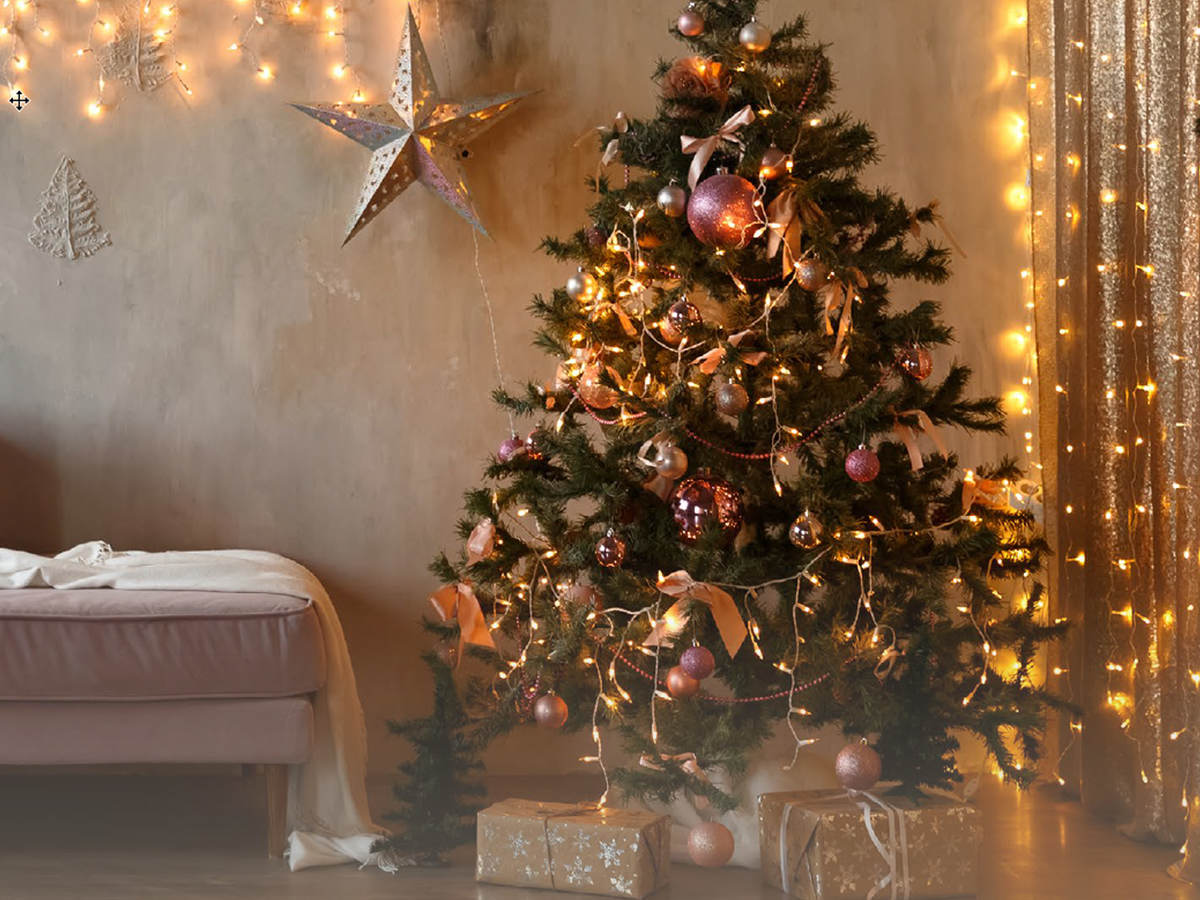December 21, 2010
NORTHBROOK, Ill., Dec. 21, 2010 - Real or artificial? That's been the longstanding debate for families decorating during the holiday season. While personal preference is a primary factor for choosing a type of holiday tree, recent research by Underwriters Laboratories (UL) shows that a pre-lit artificial tree can be as much of a fire hazard as a dry natural tree. The product safety testing organization is announcing new flammability requirements for pre-lit artificial trees based on recent research that confirms artificial trees can contribute significantly to the growth of a small fire in your home if the tree is ignited.
The new requirements are the first of their kind to assess full-size pre-lit artificial trees, which will allow trees over 30 inches and under 12 feet in height to be more fire safe. Ultimately the requirements will limit a tree's contribution to fire growth should a small fire, caused by something like a candle being dropped near presents, a tree skirt or wrapping paper, occur near the tree. In addition, the new requirements provide a more consistent determination of fire performance currently nonexistent in the market now. UL anticipates that certified trees with the UL Mark could be available to consumers for the 2011 holiday season.
"For someone who already has an artificial tree, we want to make sure you understand that these trees are still safe for use, but you need to take many of the same safety precautions with an artificial tree as you would a natural tree," said John Drengenberg, director of consumer safety at UL. "The concern is that with the rise of candle usage and the recognition that the holidays can get hectic, UL urges consumers to "Commit a Minute to Safety" and make sure you and your family are fire safe throughout the holiday. Paying special attention to your tree, whether artificial or natural, is a great place to start."
The safety experts at UL investigated pre-lit artificial trees by simulating a small fire, which might be caused by something like a candle being dropped near presents, tree skirt or wrapping paper, and igniting the tree. UL's research demonstrates that the fire performance of the trees can vary between manufacturers. In fact, during the research, some of the artificial trees burned as vigorously as a dried-out natural tree. The research also confirmed that adding combustible decorations to pre-lit artificial holiday trees could lead to an increased fire growth and intensity.
Favored by families for their easy upkeep, artificial tree sales have increased by 21 percent since 2003 and pre-lit trees are becoming more and more common. Although artificial tree sales have increased, holiday trees are still posing a fire risk. National Fire Protection Association (NFPA) statistics indicate that holiday trees cause an estimated 260 fires every year. To help mitigate potential fire risks during the holiday season and continue addressing the threat of fires in today's modern home environment, UL is placing specific emphasis on limiting fire growth and increasing the time a family would have to exit their home safely. A pre-lit artificial tree that would meet the new requirements will have a maximum heat release rate of 100 kilowatts, which compares to a fire in a medium-sized wastebasket.
Although UL-certified pre-lit artificial holiday trees will not be available until next year, you can help keep your family safer by committing one minute a day to the following safety tips:
Select pre-lit holiday trees that use lights that have been certified by UL Mark, which indicates the light string meets UL's stringent safety requirements. Look for the UL Listing mark on the tree's individual light strings, located near the plug.
- When using light strings on an artificial tree that is not pre-lit, check to make sure that the light strings are certified and have a gold holographic UL label.
- Note that the green UL Mark on the tag or near the plug means that the lights have been evaluated for indoor use only, and the red UL Mark means that the lights have been evaluated for indoor/outdoor use.
- When removing lights from storage, inspect the strings for broken or cracked lamp holders, frayed or bare wires and loose connections. Replace any light strings that are damaged with new UL-Listed light strings.
- When connecting multiple light strings follow the instructions in the user manual or on the tag on the string near the plug. LED light strings and traditional light strings that might include larger screw-in (C9 and C7) bulbs have different electrical ratings and need to be understood.
- Decorate your holiday tree in moderation. Overuse of combustible decorations can make a tree more flammable.
- Be careful with electrical decorations and make sure that they are used in accordance with manufacturer instructions.
- Never use lit candles to decorate the tree and never leave a burning candle unattended. Extinguish candles and make sure they are completely out and the wick embers are no longer glowing before leaving the room or going to sleep.
- Never leave children unattended in a room with lit candles.
- Don't place candles near curtains, bedding, paper, walls or any combustible materials, such as decorations, window treatments, and paper.
- Display candles away from children and pets.
- Use sturdy, non-combustible candleholders that collect dripping wax and won't tip over.
- Always keep candles, as well as matches and lighters, out of the reach of children, and don't leave home or go to bed without blowing out all lit candles.
- Always turn off Christmas tree lights before leaving home or going to bed.
For additional tips on holiday tree safety and learn how to Commit a Minute to Safety this holiday season, visit SafetyAtHome.com/commitaminute.
White paper
Reducing the Fire Hazard of Pre-Lit Artificial Christmas Trees
As the popularity of pre-lit Christmas trees has grown and the size of these trees has continued to increase, it is necessary to review and adjust safety requirements to address the increased fire fuel load of the materials used to manufacture pre-lit trees.


